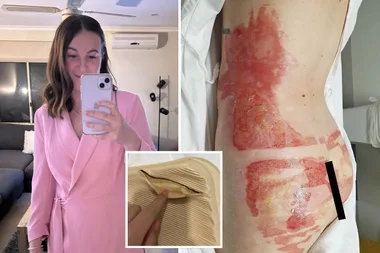With government figures showing 80 per cent of Australian women with cervical cancer have not undergone Pap tests regularly or at all, there’s a new push to fight the disease with better testing and awareness.
To highlight new changes to the cervical cancer screening program introduced by the Australian Government, Pathology Awareness Australia has produced the following top ten list of information women should know:
1. How will I get tested?
Cervical samples for testing will still be collected in the same way by a Pap test administered by a doctor or practice nurse and sent to a pathology laboratory.
2. How is the test different?
The current test involves a pathology professional looking at the sample under a microscope checking for abnormal cells which could be cancerous, precancerous, or these cells could result from other changes in the body, a virus or infection.
The new test is performed by a machine operated by skilled pathology staff. It specifically detects Human Papillomavirus (HPV).
3. Why has the test been changed?
The new test detects HPV which is present in the majority of cervical cancer cases. Identifying HPV tells doctors if a woman is at higher risk of cervical cancer before abnormal cells appear.
The introduction of the HPV vaccination program in 2007 for young women, and in 2012 for young men, means younger generations of Australian women have a much lower risk of cervical cancer. It has been predicted by the department of health that rates of cervical cancer could drop by 15%1 due to the new screening combined with high vaccination rates.
4. Can the test detect all types of HPV?
Yes. There are over 100 types of HPV but two of these are heavily associated with cancer, types 16 and 18. The test in the new screening program will specifically identify all types of HPV including types 16 and 18.
5. I have not had the vaccine, will I still need Pap tests every 2 years?
No, but women who have any symptoms of possible cervical disease such as abnormal vaginal bleeding can be tested.
6. How often will I be tested?
The new Pap test will be performed every 5 years instead of every 2.
7. When will this start?
The new type of testing will begin in May 2017 but until then it is important to continue as usual with regular Pap smears.
8. Can I have this test now?
The test won’t be made available on the Medicare Benefits Schedule until 1 May 2017 because the framework and support systems must be in place first. However, women taking part in the Compass trial comparing the current and new tests, may be offered the new test.
9. What will happen if the test shows I have HPV?
A sample will be prepared immediately to be checked under a microscope by a pathology professional. Depending on what type of HPV is found and any other findings you will be referred for further investigation. There is currently no anti-viral drug for HPV but many cases of HPV are simply tackled by the body. It is persistent infections that may need further action.
10. I haven’t been vaccinated; if this test shows I don’t have HPV could I be given the vaccine?
No. The type of HPV test used in screening doesn’t show if a woman has had HPV in the past and her current immunity. However, if a woman is interested in vaccination at any time she should discuss this with her doctor.











